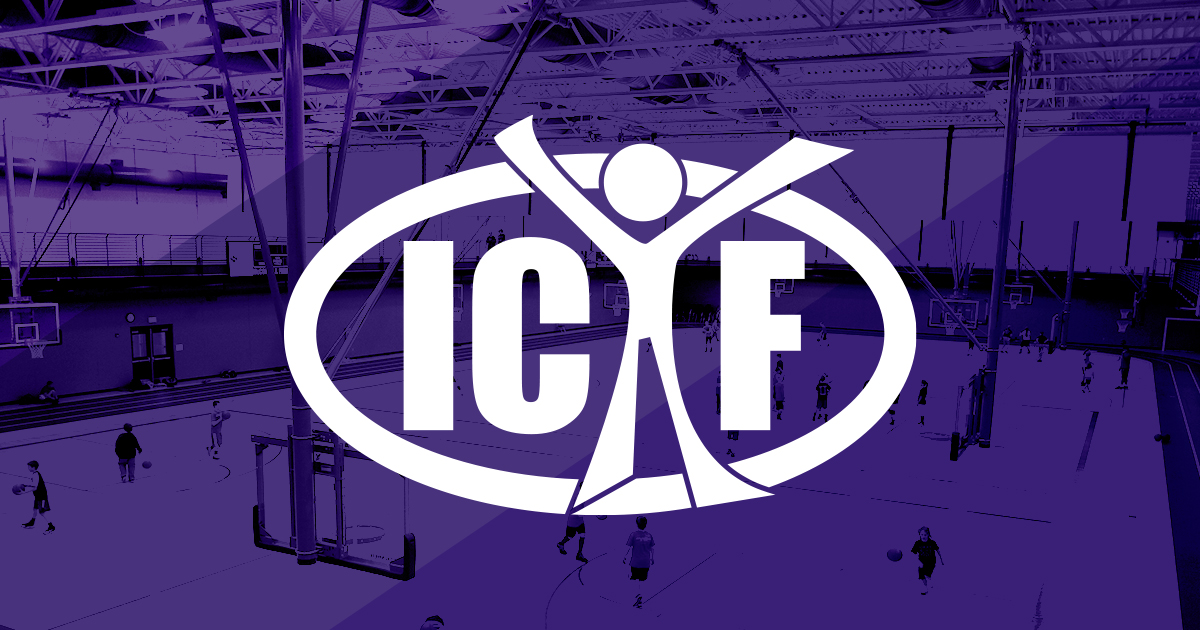Indianola Middle School provides one great example of how the school district’s attendance centers identify improvement goals then go about striving to meet those goals. The over-arching goal that emerged from two different Instructional Rounds visits at Indianola Middle School the last two years was to make classrooms more student-centered, one of the Characteristics of Effective Instruction supported by the Iowa Department of Education.
One of the first steps was to develop a Theory of Action, which is written as an “If. . .Then” statement like the goals of the school district’s strategic plan. Indianola Middle School’s Theory of Action for more student-centered classrooms is as follows:
- If there is continued professional development focused on substantive and sustained conversations . . .
- Teachers have an opportunity for supported practice by teacher leader coaches, peers, and principals . . .
- Teachers share examples of instruction and receive feedback through the Authentic Intellectual and Gradual Release of Responsibility scoring
sessions . . . - There is deliberate and ongoing planning with coaches and Professional Learning Community groups . . .
- Then classrooms will be student-centered, students will be engaged in higher order thinking, and there will be more opportunities for substantive conversation.

After charting the course with this Theory of Action, concrete steps have been taken at the middle school. Modifications were made to professional development scoring groups, which streamlined the scoring of activities and instruction that teachers were doing; strategic time for collaboration was created, and PLC scoring groups were refreshed. Common understanding of what sustained and substantive conversation are and how they contribute to student-centered classrooms continues to be built. Examining what these conversations look like in different content areas, discussing the most appropriate times in lessons and units to incorporate substantive and sustained conversations, utilizing planned and unplanned opportunities to engage students, sharing examples of what went well and what didn’t go as well, and using rubrics to plan and self-assess have all helped the building progress on the goal of more student-centered classrooms.
Attaining this goal is a shared responsibility of teachers, instructional coaches, and administrators. All of these groups are encouraging people to take risks in instruction to try to improve the school. Work is underway to determine expected levels of implementation of sustained and substantive conversations in classrooms, using Instructional Practices Inventory research. Content teams review “I Can,” or purpose statements being used in each classroom to ensure that what we expect students to know and do requires students to use higher order thinking and that purpose statements align with learning targets and standards. The principal is working with a Teacher Leadership Administrator Support Coach to ensure instructional coaches are being well utilized in this process.
This is just one example of how a goal is set and worked toward in Indianola Community School District. Every building has goals, and every teacher and school administrator has an individual development plan with personal goals that align to building and district goals. The education professionals in our school district take continuous improvement and the student learning experience very seriously, as they should. Goal #1 in the school district’s five-year strategic plan is “Continuous School Improvement for Learner Benefit.” The middle school’s work on student-centered classrooms is a good example of how district goals and building goals align and guide staff improvement efforts. Thank you to the staff of Indianola Middle School for their hard work on behalf of students!

